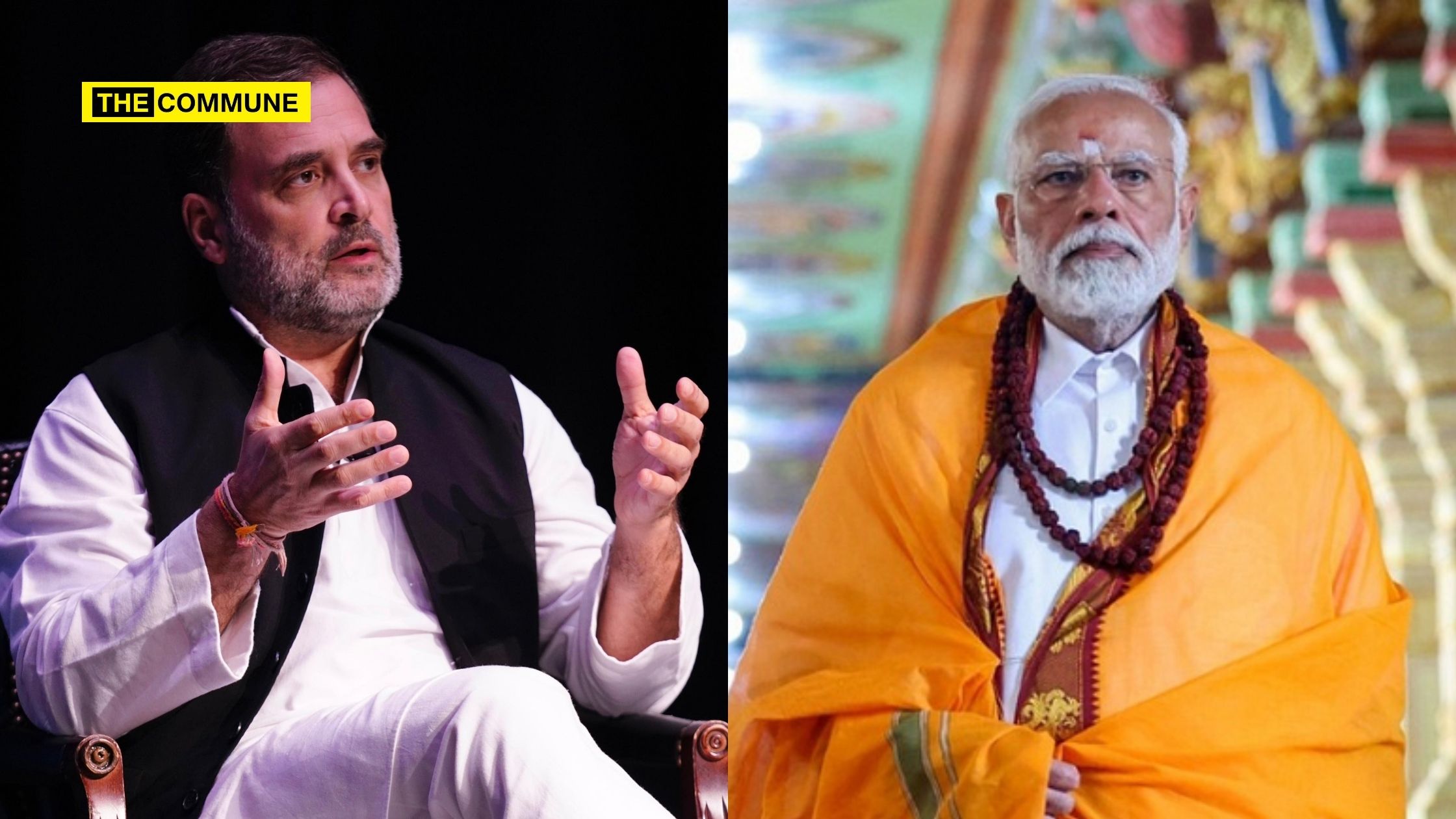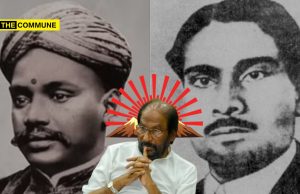
During his recent visit to the United States, Congress MP and Leader of the Opposition Rahul Gandhi accused Prime Minister Narendra Modi of imposing Hindi on India’s diverse linguistic landscape. He argued that the BJP’s policies attacked the country’s pluralistic identity, including its many regional languages. However, Rahul Gandhi seems to overlook the Modi government’s significant efforts to promote local languages and ensure linguistic diversity in India.
PM Modi’s Commitment To Local Languages
Unlike what Rahul Gandhi says, Prime Minister Modi has consistently emphasized the importance of local languages in his public appearances and policies. One of his signature practices is beginning speeches in the local language of the region he is visiting. Whether addressing citizens in Tamil Nadu, Kerala, or West Bengal, Modi makes it a point to greet them in the local language, signalling his respect for regional identities.
Meanwhile Rahul Gandhi hardly uses regional languages in public speeches and speaks only in English or Hindi.
Not only that, the PM often expressed his fondness for the Tamil language, quoting Thiruvalluvar, Kambar, Avvaiyaar, and other Sangam Tamil literature on various forums. Be it quoting a Thiruvalluvar in Ladakh or Kaniyan Poongundranar’s line “Yaadhum Oore, Yavarum Kelir” at the United Nations, PM Modi is the only Prime Minister to take Tamil to the world stage.
On the occasion of the death anniversary of nationalist Tamil poet and freedom fighter Subramania Bharati, Prime Minister Narendra Modi announced the establishment of the Subramania Bharati Chair of Tamil Studies at Banaras Hindu University.
Emotional PM Modi in Tamil Nadu’s Tirunelveli :
“I apologise that I can’t speak Tamil but so many of you have gathered despite that to bless me.” pic.twitter.com/FeZRPljz3L
— News Arena India (@NewsArenaIndia) February 28, 2024
Bhashini AI Platform: Empowering Linguistic Diversity
One of the Modi government’s most innovative initiatives in this regard is the launch of the Bhashini AI platform, designed to enable live translations across Indian languages. This AI-powered tool facilitates real-time communication, helping bridge linguistic barriers and fostering greater unity across India’s diverse population. By leveraging cutting-edge technology, Bhashini allows Modi’s speeches to be live-translated into various regional languages, making his messages more accessible to people from different linguistic backgrounds.
This focus on inclusivity through technology contrasts with Gandhi’s accusations of Hindi imposition. The Modi government’s use of AI and tech-driven solutions underscores a commitment to fostering communication and understanding between India’s many linguistic communities. During its years in power, the Congress promoted Hindi at the expense of other languages—be it mandating Hindi in the National Education Policy or not introducing government exams in regional languages.
Education Policy To Promote Regional Languages
The National Education Policy (NEP) 2020, introduced under Modi’s leadership, strongly emphasizes mother-tongue education. The policy aims to offer early schooling in local languages to ensure better understanding and retention among students. This approach underscores the government’s belief that students learn best in their native language, promoting linguistic diversity early and strengthening India’s multilingual education system.
Prime Minister Modi’s efforts to promote linguistic diversity extend beyond speeches and technology. His books, including the popular “Exam Warriors,” have been translated into several Indian languages, allowing a wider audience to engage with his ideas on education, stress management, and the empowerment of youth. This shows that Modi’s government not only respects regional languages but also actively works to make content available in them, further enriching India’s cultural fabric.
Government Exams In Regional Languages
The government has expanded the availability of key exams in regional languages to make competitive exams more inclusive. For instance:
- JEE (Joint Entrance Examination): The JEE, one of India’s most competitive engineering entrance exams, is now available in several regional languages. This move ensures that students from non-Hindi-speaking regions can take the exam in their preferred language.
- NEET (National Eligibility cum Entrance Test): NEET, the entrance test for medical colleges, is also conducted in multiple regional languages, including Tamil, Telugu, Bengali, and others, making it more accessible to a broader range of students.
- Staff Selection Commission (SSC) Exams in Regional Languages: The government has taken steps to conduct exams for various central government jobs in regional languages. For example, the Staff Selection Commission (SSC) exams, which recruit for various central government positions, are offered in multiple regional languages, increasing participation from different states.
- Common University Entrance Test (CUET) in Regional Languages: The CUET, which was introduced to standardize admission processes for central universities, is also conducted in several Indian languages. This ensures that students from different regions have equal opportunities to take the test in their native languages.
Local Languages In Judiciary
Another notable example of Modi’s commitment to local languages is his advocacy for their use in the Indian judicial system. Modi has called for including regional languages in courts to make the justice system more accessible to ordinary citizens, many of whom are unfamiliar with English or Hindi legal jargon. This push for linguistic inclusivity in the legal domain is a significant step toward democratizing justice and ensuring that citizens from all linguistic backgrounds can engage meaningfully with the legal process.
A Broader Vision For Unity In Diversity
Rahul Gandhi’s claims of Hindi imposition appear to be a political narrative that does not align with the actual policies and actions of the Modi government. Far from promoting a one-size-fits-all linguistic agenda, Modi has embraced India’s diversity by supporting local languages in education, technology, the judiciary, and public discourse. Through platforms like Bhashini AI, his government is creating avenues for greater linguistic inclusivity and unity across the country.
As the debate over linguistic diversity continues, the facts point to the Modi government’s efforts to preserve and actively promote India’s many regional languages, ensuring that they remain an integral part of the country’s identity while fostering national unity.
Subscribe to our Telegram, WhatsApp, and Instagram channels and get the best stories of the day delivered to you personally.




